Cheng Li and Ryan McElveen give recommendations on US-China efforts to cooperate in combating COVID-19 and write that the task of bringing the COVID-19 pandemic under control can only be accomplished through global coordination, which requires the active engagement of the two largest economies in the world. This piece was originally published in China-US Focus.
If the history of the COVID-19 pandemic were written today, the narrative would not be dominated by the global common cause that has characterized past pandemics, but rather by handwringing and finger pointing.
Nothing encapsulates this storyline more than the absence of governmental cooperation between China, which was first struck by the virus outbreak, and the United States, which has suffered the most infections and greatest death toll. Both countries have engaged in a blame game, fought propaganda wars, and promoted conspiracy theories.
As the pandemic enters its second year with new variants emerging around the world, there is still time to alter the narrative. The urgent task of bringing the pandemic under control can only be accomplished through global coordination, which requires the active engagement of the two largest economies in the world. Here are ten reasons that the U.S. and China must cooperate now to stop the pandemic.
1. Resume the tradition of public health cooperation. The U.S. and Chinese governments have a long history of collaborating to combat virtually every global health crisis of the past half century, including HIV/AIDS, SARS, H5N1 influenza or “avian flu”, H1N1 influenza, H7N9 influenza, and Ebola. The official response to COVID-19 thus far, regrettably, stands out as an exception. The severity and unpredictability of the pandemic requires a return to the historical precedent of collaboration.
2. Retain strong ties within the medical community. Despite the political barriers undermining governmental cooperation, medical experts and scientists on both sides of the Pacific have preserved extensive and dynamic communication and collaboration throughout the COVID-19 crisis. Experts in the U.S. and China have cooperated on coronavirus research more with each other than with any other country — including on over 100 articles in leading journals — leading to more collaboration during the COVID-19 pandemic than over the previous five years combined. Top virologists and other medical experts have also participated in joint webinars focused on preventing and treating the virus.
3. Improve transparency and data sharing. While the lack of transparency regarding the outbreak of COVID-19 in both China and the U.S. warrants criticism of both governments at various levels, these mistakes should not continue to derail collaboration. Within a few weeks after the outbreak in Wuhan, Chinese scientists successfully determined the pathogen, deciphered the gene sequence, and shared data regarding the new coronavirus with international colleagues. Chinese researchers have made remarkable progress in lab research and virus detection, resulting largely from U.S.-China medical cooperation dating back to SARS. Transparency and data sharing remain imperative to fighting emerging variants and determining the efficacy and safety of vaccine candidates. Given the many unknowns about COVID-19, Washington and Beijing should commit to enhanced sharing of public health information.
4. Establish a global surveillance network for variants. As variants emerge around the world, including in the United Kingdom, South Africa, and Brazil, the U.S. and China should coordinate to build a cutting-edge global surveillance network of variants. This network could improve the tracing, screening, and warning of new variants while also helping authorities more efficiently direct public attention and allocate resources to containing them.
5. Develop mutually beneficial competition on vaccine development. The world needs safe, effective, and universal vaccines. As two of the few countries with manufacturers that have produced vaccines, the U.S. and China should engage in positive competition and work together to promote effective vaccine platforms and prevent adverse reactions. By early February, 66 vaccine candidates — including 16 in China — have undergone clinical trials, of which 10 have been approved for use in at least one country. Chinese researchers and vaccine manufacturers are working on about 40 additional vaccine candidates. As the host countries of multiple effective vaccine platforms, the U.S. and China should engage in positive-sum competition rather than in a zero-sum game.
6. Increase vaccine manufacturing capacity for the world. The U.S. and China are the top two countries for cumulative and average daily number of vaccines administered. In China, about 50 million people are expected to be vaccinated by mid-February, and in the U.S., over 50 million doses have been administered by February 14. But in terms of population, only 3.5 percent of the Chinese population and 11.2 percent of the American population have received at least one vaccine dose. There are widespread concerns that inadequate vaccine manufacturing capacity will create a major bottleneck to achieving herd immunity, even by the end of 2021. The Chinese are also anxious about the possible effect of an “immunity gap,” given that China’s population has not been exposed to the virus at rates comparable to other countries. All of these factors require that the two leading vaccine manufacturing countries better coordinate to enhance production capacity and prioritize the global regions to which doses should be directed.
7. Enhance equitable international distribution of vaccines. The U.S. and China must ramp up their support for the international community’s efforts to coordinate equitable global vaccine distribution, particularly through the Access to COVID-19 Tools (ACT) Accelerator, and COVAX. When it comes to foreign aid, the U.S. and China have complementary strengths and capacities, and U.S.-China collaboration can contribute and extend to multilateral initiatives. The U.S., which has already committed $4 billion to COVAX, has an extensive network of global health programs — through the CDC, USAID, and other agencies — with a legacy of providing medical and public health support to the developing world. China has a strong capacity for manufacturing and logistics and has already shipped a significant number of vaccine doses to developing countries.
8. Collaborate on drug development. While vaccine development has taken center stage in global efforts to combat COVID-19, the importance of research on therapeutic drugs should not be overlooked. Both the U.S. and Chinese governments should encourage medical experts and scientists to share experiences––lessons learned, effective responses found, and best practices achieved. Both countries––and the international community––can benefit from pooling resources and sharing ideas, especially for potential antiviral cocktail therapies (like that used for HIV) for COVID-19.
9. Coordinate on cross-border travel and new international protocols. Vaccines, therapeutic drugs, and medical supplies need to cross borders and clear customs quickly. As restrictions on movement are necessary for public health, the U.S. and China — home to the two largest populations of global travelers — need to consider developing vaccine-certificate protocols, common health metrics, and safety mechanisms for cross-Pacific travel. More broadly, they must contribute to the global development of digital vaccine certificates, health metrics, quarantine standards, and safety mechanisms to enable vaccinated populations to revive international travel and trade.
10. Build confidence and capacity for the future. Much like the Americans and Soviets collaborated on eradicating smallpox at the height of the Cold War, joint efforts by Washington and Beijing today will send inspiring signals to people in both countries and around the world about the importance of collaborating to save lives. Even as both countries manage difficulties in other areas of the bilateral relationship, collaborating on COVID-19 can help set the stage for addressing other issues of global public good, including climate change and nuclear nonproliferation. COVID-19 will not be the last pandemic nor the last global crisis, and the U.S. and China can use this opportunity to build confidence and capacity for addressing other challenges.
Presidents Joe Biden and Xi Jinping now have an opportunity to improve the reputations of their governments both domestically and abroad by effectively addressing the next phase of the pandemic. But to do so effectively, both leaders must be willing to focus on the future instead of dwelling in the past, directing clenched fists at COVID-19 instead of at each other.
The Brookings Institution is committed to quality, independence, and impact.
We are supported by a diverse array of funders. In line with our values and policies, each Brookings publication represents the sole views of its author(s).

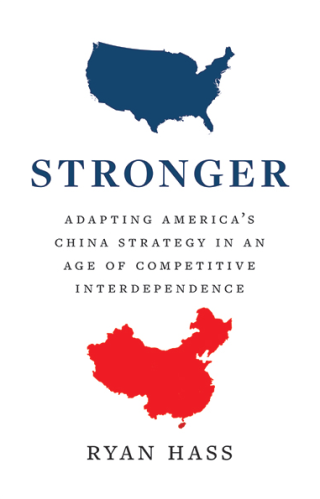
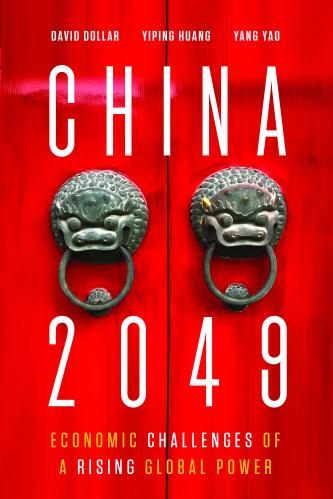
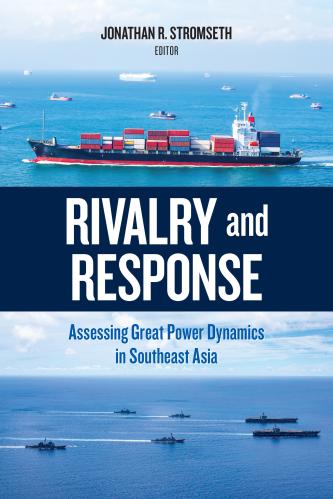
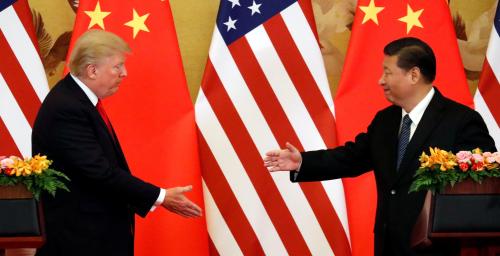
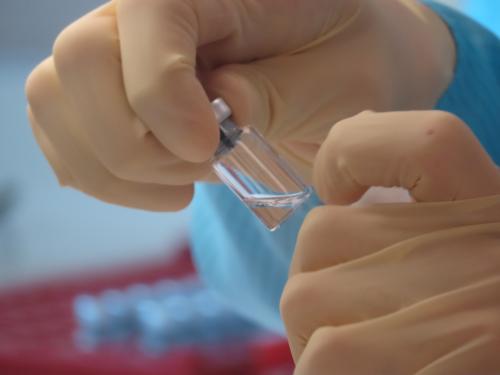






Commentary
10 reasons the US and China should cooperate now to stop the pandemic
March 2, 2021